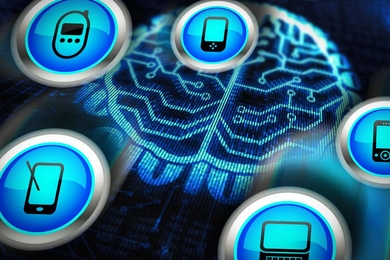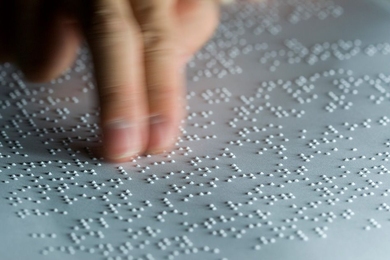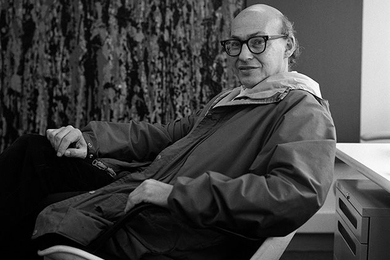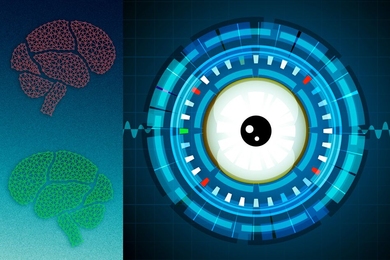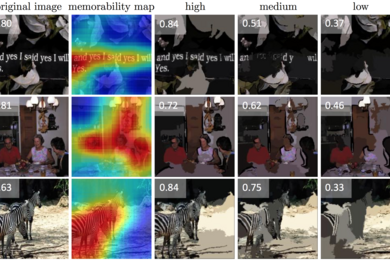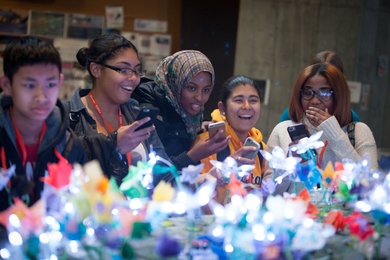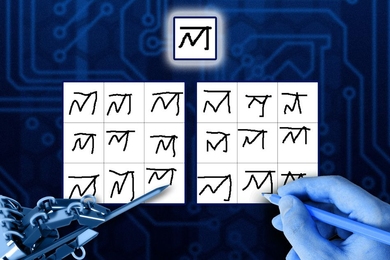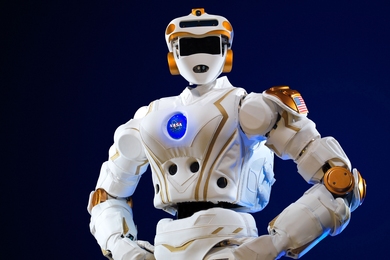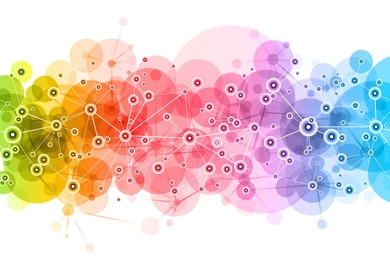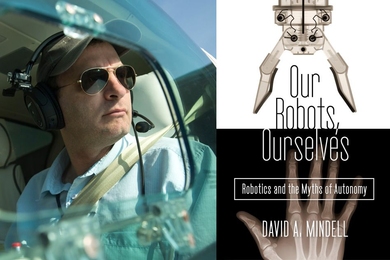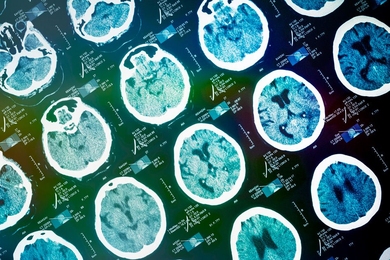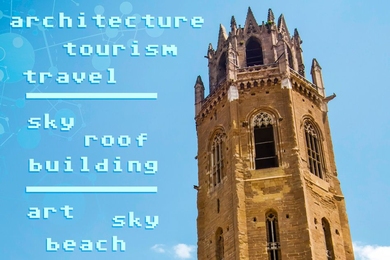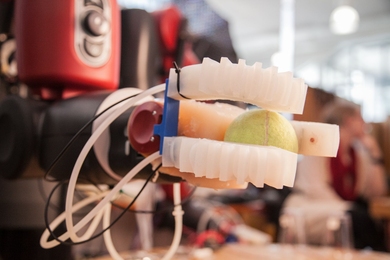Energy-friendly chip can perform powerful artificial-intelligence tasks
Advance could enable mobile devices to implement “neural networks” modeled on the human brain.
A virtual “guide dog” for navigation
Low-power chip processes 3-D camera data, could enable wearable device to guide the visually impaired.
Marvin Minsky, “father of artificial intelligence,” dies at 88
Professor emeritus was a co-founder of CSAIL and a founding member of the Media Lab.
Machines that learn like people
Algorithms could learn to recognize objects from a few examples, not millions; may better model human cognition.
Deep-learning algorithm predicts photos’ memorability at “near-human” levels
Future versions of an algorithm from the Computer Science and Artificial Intelligence Lab could help with teaching, marketing, and memory improvement.
CSAIL shows off demos to 150 high-schoolers for “Hour of Code”
Robots, 3-D printers, and a surprise guest aim to get students excited about computer science.
NASA gives MIT a humanoid robot to develop software for future space missions
Team led by Professor Russ Tedrake of CSAIL to develop algorithms for 6-foot-tall “Valkyrie” robot to travel to Mars and beyond.
Streamlining mobile image processing
Technique for mobile image processing in the cloud cuts bandwidth use by more than 98 percent.
Automating big-data analysis
System that replaces human intuition with algorithms outperforms 615 of 906 human teams.
Predicting change in the Alzheimer’s brain
Combining MRI and other data helps machine-learning systems predict effects of neurodegenerative disease.
More-flexible machine learning
Giving machine-learning systems “partial credit” during training improves image classification.
Soft robotic hand can pick up and identify a wide array of objects
Team from Computer Science and Artificial Intelligence Lab develops silicone rubber gripper and advanced object-identification algorithms.

